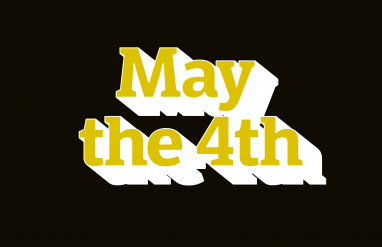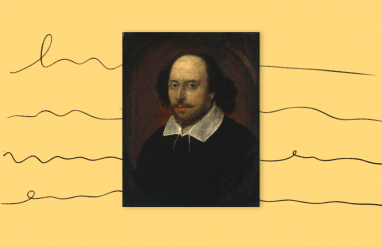 Long, long ago, typewriters made no distinction between the number 0 and the letter O. While the two share the same shape, the origin of both number and letter are quite different. Let’s look at the distinct astrological and optical inspirations that created these seemingly identical symbols.
Long, long ago, typewriters made no distinction between the number 0 and the letter O. While the two share the same shape, the origin of both number and letter are quite different. Let’s look at the distinct astrological and optical inspirations that created these seemingly identical symbols.
Derived from the Semitic letter ayin and inspired by the circular eye-shaped Egyptian hieroglyph for “eye,” the letter O is the fourth most popular letter in the English alphabet. The sound is probably a derivation of the Arabic letter called ‘Ayn.
The vowel characters we utilize in our modern English alphabet are thought to originate from the Greeks who borrowed the letter and adapted it for the Greek O, or omicron, which literally means “small o.” In contrast, the Greek word omega means “great O.”
Unlike the letter C, O has a clearly-defined phonetic identity. The long /o/ is a close-mid rounded vowel and creates the sound heard in :boat” and “remote.” The letter takes on a slight phonetic variation when followed by the consonant /w/ as in “prowl.” An example of the short /o/ sound is best exemplified by “‘fox.”
While the English alphabet has stayed true to the original Egyptian graphic, it’s interesting to note that the Afaka script, a Ndyuka language, and the Ol Chiki script, a Santali language, use the same shape to denote a similar sound. The shape of the letter in both alphabets is attributed to the shape of the mouth when making the sound, not any sort of universal or geographic relationship.
In mathematics, the number 0, or simply zero, most likely derived its shape from the sun and the moon. Many have ascribed divine qualities to circles. The study of the circle eventually led to the development of astronomy, geometry and calculus.
The ancient Greeks were flummoxed by the empty space represented by the zero. This uncertainty led to philosophical and religious arguments about the existence of zero and its use as a number. Once simply considered a placeholder, or to accentuate a void with no absolute value, the concept of using zero as a number was developed in India around the 9th century AD.
It wasn’t until the 12th century via the Arabic numeric system and the work of the Persian scientist al-Khwarizmi that the number zero was introduced to the Western world through Latin translations of the al-Khwarizmi’s book titled, appropriately, Arithmetic.














